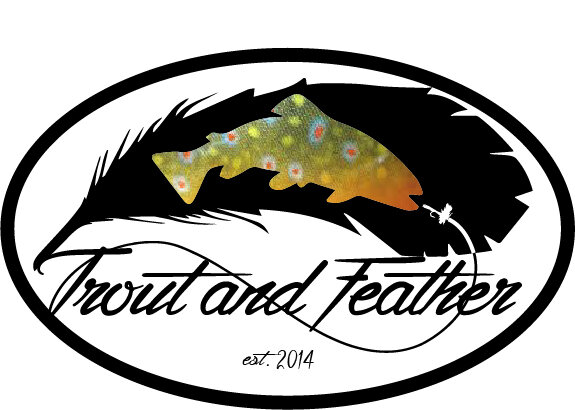There are plenty of reasons why you might hire a fly fishing guide. The most common reason is that you’re taking a trip, so you want to optimize your angling opportunity. It might also be the case that you have to have a guide to access a particular stretch of water. Or, you could be genuinely interested in learning something from a reputable waterman.
Whether the cost of a day in a drift boat is a splurge or chump change, the investment of time with a guide necessitates that you do more than reach out to the first person Google hands you. With a few simple steps, your day out with a professional has the potential to yield a lot more than a good number of fish.
Read moreIf you’ve been fly fishing for any amount of time, I hope you’ve come to the realization that most outings aren’t going to look like the centerfold of Gray’s Sporting Journal. There’s a few reasons for this: the fish, the river, and you.
Let’s start with you. Never, ever do you fantasize about untangling the nymph rig that has somehow spiderwebbed itself into a cat’s cradle. Yet there you are. You had a few long, picturesque casts. But the last one had a little something off. Maybe it was your wrist. Maybe you were distracted by a fish rising upstream. Maybe your phone buzzed in your front wader pocket. Regardless, you’re no longer shadow casting like Brad Pitt. You’re spending four times as long unweaving your bespoke furled leader as you would if you’d just admit defeat and tie on the streamer you’ll end up using.
Read moreI was past the point where I could hear cars or people.
As a general rule, the pools and deep runs that are within a short walk from the parking lot get fished hard. The water looks great. It seems like it might be productive. Styrofoam worm cups and Bud Lite cans are often serve as the fishing report. Only five or ten minutes up into the mountains and things change. The literal quiet is accompanied by a sense of quiet. The trails get narrower. The signs of people disappear. Then, there are fish.
Read moreI had read about this particular creek dozens of times before I had ever fished it. Walking the banks the first time meant adjusting my expectations alongside reading the water. There wasn’t a trophy trout in every pool as I had anticipated. The mental picture of the famous pools was different than reality. And one stretch that I had read about was conspicuously absent from the fly shop-provided map I was following.
Many of the resources I had been using were from the ’60s and ’70s. Change, even in major river features, is inevitable. But an entire tributary hadn’t made the contemporary map.
Cross-referencing what I had read with what I was seeing, I came to where the little flow should enter the stream. From a distance I didn’t see anything. When I got on top of it, I realized that there was indeed water entering the creek at a perpendicular angle. It was shallow, weedy, and covered in brush. Only about ten feet in and it opened up. Soon enough I was into fish. Really good fish.
Reading historical accounts of fly fishing might pay off in really good fishing. More often than not, the reward is going to be in what you learn and how that impacts your time on the water… regardless of if you’re catching fish or not.
Here are three reasons why digging into the history of fly fishing will be beneficial, and three great ways to get started:
Read more